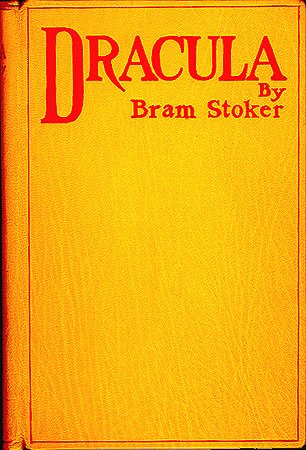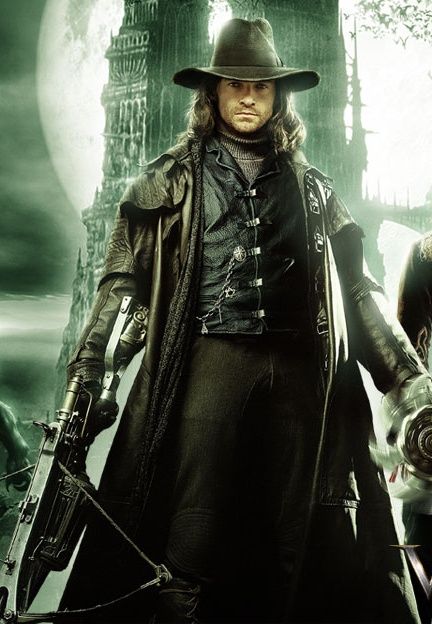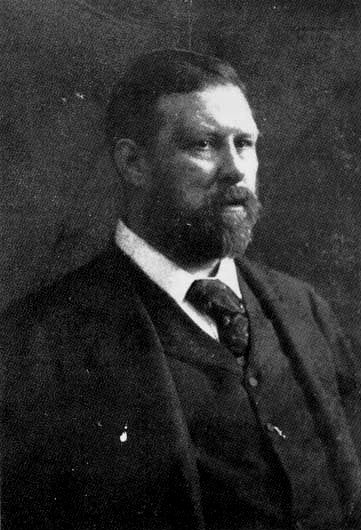Reintroducing | Bram Stoker’s Dracula
It started a couple of years ago back in early November in that place where all these things seem to start these days, on twitter, with an effusive outpouring of birthday greetings for Bram Stoker. I in turn also effused a congratulation to the Clontarf man, applauding the author of Dracula as an Irishman. And then after I finished tapping the gorilla glass on my phone I paid a moment to reflect on what I had just tapped into my smartphone.
It took less than a moment to reveal I had never read Dracula or anything by Stoker. In fact it was safe to say I had never thought of it, nor had I ever been encouraged to do so.

As books go I don’t really go for horror, because in my own experience horror isn’t really scary, and someone will tell me then you should read better horror, and indeed I should. I prefer to see myself in the modern or the post-modern. When I was growing up I was transfixed by the filth and social decay of Irvine Welsh and J.G. Ballard, authors far removed from the Leaving Cert curriculum. It excited me that you could write about things like sex and drug taking and still have a really strong plot not specifically related to sex and drug taking (except for Trainspotting of course). When Ford Maddox Ford, Salman Rushdie, Margaret Atwood et al arrived in my canon I was certain I could never read anything from the 19th century ever again. It wasn’t that I didn’t enjoy other genres and styles of writing, it just that I found contemporary themes liberating and relevant.
A book like Dracula, I assumed, was probably something that school would want you to read, but it never did. I knew that it was a story of a man who must kill a vampire, and that this vampire lived in a castle in Romania, but in fact it was in the Carpathian Mountains, which are in Moldova I should add. By my understanding, this vampire would indeed be killed and most likely by a stake driven through the heart. There was mention of an old doctor helping, and that it was actually scary.
Taking time to reflect on completion it is hard to say anything other than I enjoyed it tremendously. Some parts it took a while to get my head around, such as the epistolary narrative but from about half way through I found to be highly effective in its creation of tension and drama through the constant weight of expectation. I also always find it hard to digest the instant camaraderie and jolliness which Stoker repeatedly mentions when characters meet for the first time. Part of me wants to know did Jonathon Harker really like Van Helsing, or did one of them have a really annoying habit or back history of substance abuse. But even if they did it was of no consequence to the story, so such a gripe is far from academic.
It became apparent quite quickly that what I knew about Dracula was beyond scant. When I set out to read I expected not to be shocked or surprised. I expected to know the story, and that this story would be easy for me to predict, because, as it is a story that has been repeatedly told.
Dracula is that book which has set the scene and background to so much contemporary fiction and culture that it can be excusable to expect so little. We all know what a vampire is and how one looks. We all know that they are night creatures, and that they feed by sucking the blood of their victims through the neck. We know that they can only be killed by exposure to sunlight or driving a steak through their heart. We know all this, and whether or not it is Bram Stoker’s fault is irrelevant. What is relevant is that Stoker’s Dracula inspired a century of horror and that his character still instils fear in would be readers to this day.
My initial curiosity came from a Halloween focused class I had begun teaching a year or two before in Korea. There was talk of ghouls and evil, and of course vampires eventually came up. Equipped merely with an extract from Dracula where the count is gradually introduced, I made my poor misfortunate students draw a picture of Dracula based on the text of the novel. I can guess from their approach that they too felt that Dracula was Dracula and why do we need to know how he looks, many of us imaging at this stage Count Von Count from the Muppets.
I will encourage you to read it yourself rather than for me to describe the process of discovering the elusive Count’s demeanour. The pages of Dracula steadily reveal more and more, from his facial features, voice, protruding teeth and aquiline nose, to his squeamish fingers and peculiar hair. Especially throughout Jonathon Harker’s dialogue with Dracula, where it is near impossible to not scream in some manner internally or externally at the pages that it is a trap and he has little to no chance of survival, as subsequent pages reveal ever so slowly. Here was an individual who shared little in common with Count Von Count.

The novel Dracula strikes me as a story Stoker wrote with full knowledge of the assumptions future generations would make about the story. As I read I felt gripped by the twists in the narrative, the uncertainty of a chapter, diary entry, or letter ending, but more by the images of Dracula as he stealthily feeds at first on Lucy and later Mina, encroaching on the almost perfect lives of our lead characters.
It is his ‘great eyes like burning flames’ staring in the twilight which raise a chill through the spine. The manner in which they flicker, then die, and we need to ask did we really see them or was it the sunlight fading into night? In the churchyard where Mina finds Lucy with ‘undoubtedly something, long and black, bending over that half-reclining white figure’, that raises its head in as measured a pace as you read each word reveals ‘a white face and red, gleaming eyes’. Those with stronger imaginations may need to sleep closer to someone dear to them on reading these words, and if I recall correctly I read it in the dark, and I will never do that again.
Before reading, a white face looked up in the dark and stared back with beaming red eyes doesn’t strike me as innovative, or indeed scary. But it was, well maybe not fully, but certainly had me concerned enough to put the iPad down and check over my shoulder. Twice. The arrival of these red eyes came from within the perfect calm described at points up to this, and with that threw my recognition of what was happening. It was those eyes in the darkness of the trees that keep sneaking back into my consciousness as the story progressed
I think we all grew up with ghosts or monsters in cartoons staring with red eyes from the dark, and it should be clear that the suspicious shape is that of Dracula. But there is more to this than just simple images, as I realised the cause of my discomfort is in the setting of the scene, with Mina’s long wandering search for Lucy who she eventually finds in a churchyard sitting under the glare of moonlight. It is a darker sense of pantomime; we take this walk with Mina and we know who we shall meet when this walk concludes and despite how loud we scream she totters along, clueless in the bubble of her own innocence.
These starkly visual scenes were etched vividly in the imagination of this reader. We are left again to wish the characters could read our minds as they ponder over the suspicious puncture marks “just over the external jugular vein . . . two punctures, not large, but not wholesome looking” on the increasingly frail Lucy and question the origins of her ailments. Despite the series of suspicious events, connecting the dots is beyond their own recognition as the evil that haunts them defies all sense of reason.

When all the characters eventually learn of the powers of Dracula through Van Helsing and Jonathon Harker’s descriptions we are finally introduced to creature in all his awesome power. Only now can we comprehend the force of evil which is wrecking its havoc, revealed further when Van Helsing implored that breaking into Mina’s room was a life and death decision. The words situate us in such a simple but astute way that prepares us for what we do not know, although we wish we did.
The horror that feasts on Mina’s bed encapsulates the darkest secrets that this novel contains. It is an image that the myth of Dracula even cannot maintain, preferring to exist in tales of dark castles, supernatural transformations, and Count Von Count. The truth that awaits is in the moonlight of that room as a pale and drained young lady is forced cruciform to feast on the blood seeming from the counts open chest.
Through Dracula this horror persists. The steady escalation towards a fear induced climax described in a painter’s detail provide the reader with ample reasons to continue. From Harker’s sojourn in the Count’s castle, to Lucy’s eventual passage to the undead as a vampire herself, and the chase through the Transylvanian hills to intercept Dracula’s passage to the safe return to his castle, among many other spine tingling scenes the credentials of Stoker’s classic are confirmed.
There is in Stoker’s words a way of telling this incident for first time every time, and even when his originality has descended to the commonality of cliché, Stoker’s Dracula continues to ring fear to unsuspecting readers of all ages.

